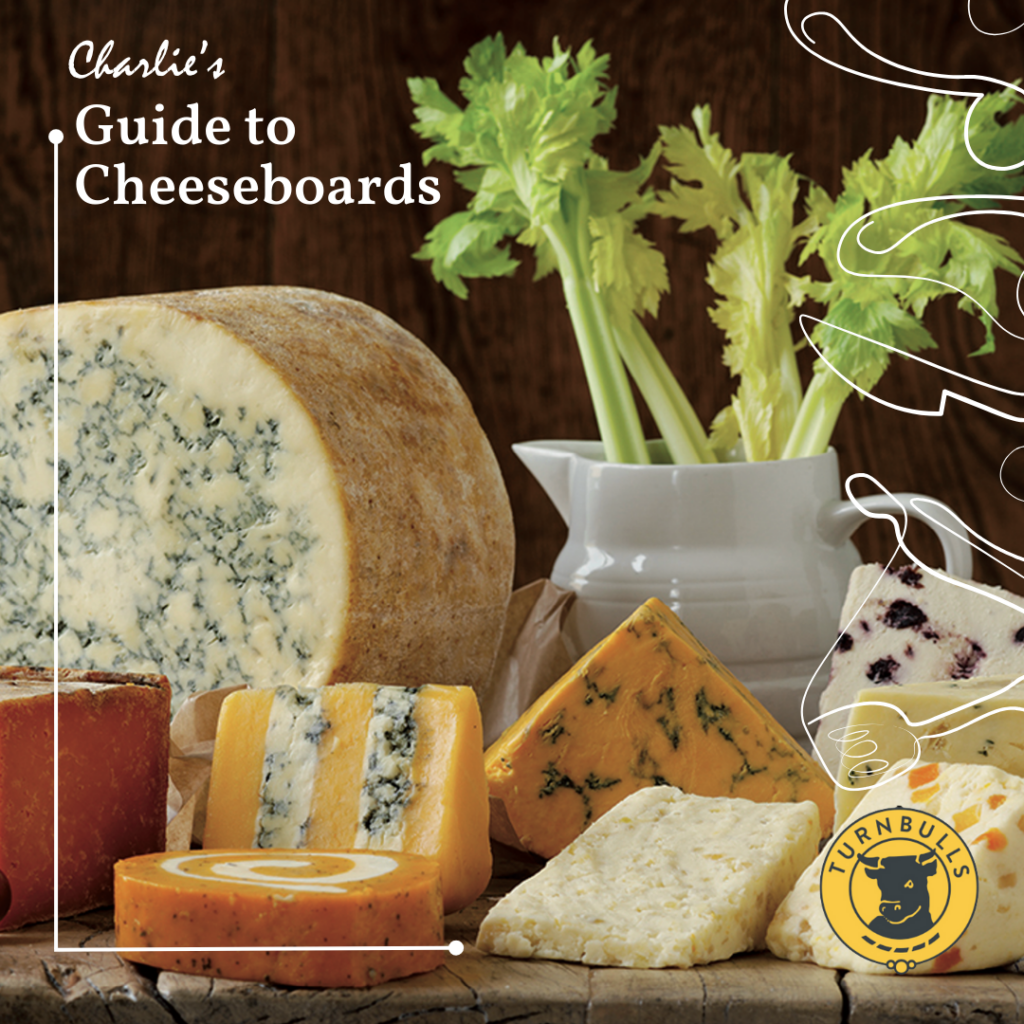Creating a delightful cheese board is an art form that combines flavors, textures, and visual appeal.
Here’s a guide to help you build the perfect cheese board with complementary combinations.
1. Variety is Key
Start by selecting a diverse range of cheeses from different categories.
- Soft Ripened Cheese: Brie, Camembert, or a fresh Chevre.
- Fresh Cheese: Mozzarella, Goats Cheese or Feta.
- Semi-Soft Cheese: Havarti, Gouda, or Port Salut.
- Hard Cheese: Cheddar, Manchego, or Parmesan.
- Blue Cheese: Roquefort, Stilton, or Gorgonzola.

2. Balance Flavors and Textures
Your cheese board should offer a balance of flavors and textures. Mix and match from these categories to create harmony:
- Creamy and Mild: Soft cheeses like Brie.
- Nutty and Semi-Firm: Gouda or Havarti.
- Sharp and Aged: Cheddar or Parmesan.
- Bold and Tangy: Blue cheese varieties.
3. Pair with Accompaniments
Complement your cheeses with a selection of accompaniments to enhance the experience:
- Fresh Fruits: Grapes, figs, and apple slices.
- Dried Fruits: Apricots, dates, or cranberries.
- Nuts: Almonds, walnuts, or pecans.
- Bread and Crackers: Baguette slices, multigrain crackers, and breadsticks.
- Condiments: Honey, fig jam, or whole-grain mustard.
- Vegetables: Sweet potatoes, olives, or bell peppers
- Meats: Salami, prosciutto, or Soppressata.
4. Presentation Matters
Arrange the cheese and accompaniments thoughtfully on a wooden or marble board. Consider aesthetics and functionality:
- Use different shapes and sizes of cheese wedges.
- Add a variety of colors with fruits, nuts, and condiments.
- Include small knives or spreaders for serving.
5. The Art of Pairing
Pair your cheeses with specific accompaniments to create delicious combinations:
- Brie with honey and fresh figs for a sweet and creamy experience.
- Cheddar with apple slices and whole-grain mustard for a classic pairing.
- Blue cheese with walnuts and drizzled honey for a harmonious blend of salty and sweet.
- Gouda with dried apricots and multigrain crackers for a nutty and fruity contrast.
- Parmesan with balsamic reduction and breadsticks for a simple yet sophisticated option.
6. Create a Flavor Journey
Guide your guests through a flavor journey by placing cheeses and accompaniments in an order. Start with milder cheeses and build up to the stronger, more intense options. Remember to surprise them, that is what makes the experience most memorable.
7. Temperature and Timing
Remove cheeses from the refrigerator 30-60 minutes before serving to allow them to come to the ideal serving temperature. This enhances their flavors and textures.
8. Experiment and Enjoy
While this guide offers some classic combinations, don’t be afraid to get creative. Try different pairings and let your palate guide you. The perfect cheese board is all about personal preference and discovery and most of all enjoyment.
In conclusion, crafting a perfect cheese board is a delightful culinary adventure. With a variety of cheeses, thoughtful accompaniments, and an eye for presentation, you can create a memorable and satisfying experience for yourself and your guests.
Enjoy exploring the endless possibilities of cheese board combinations!



